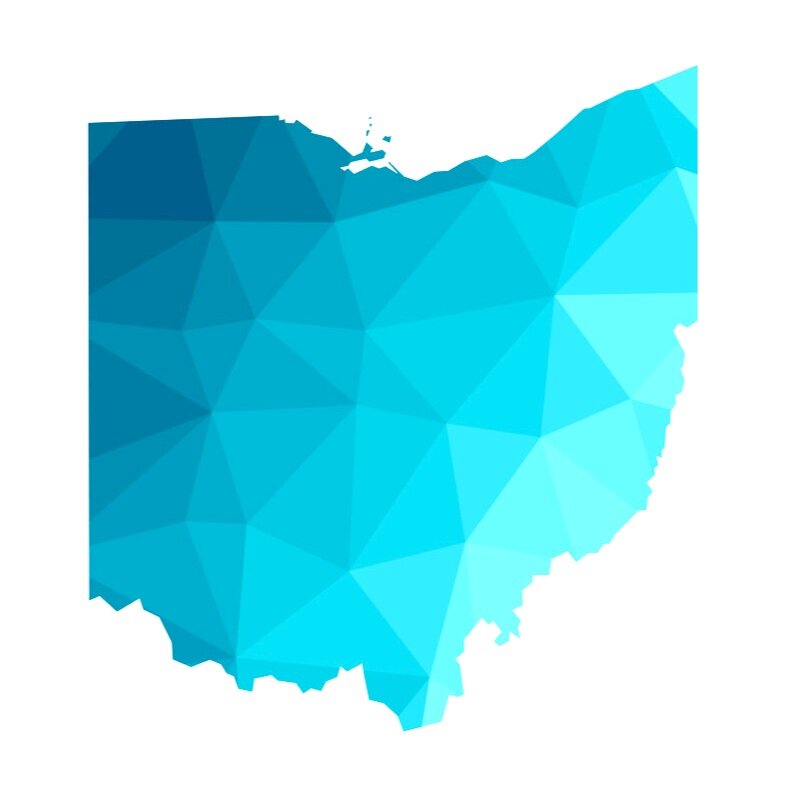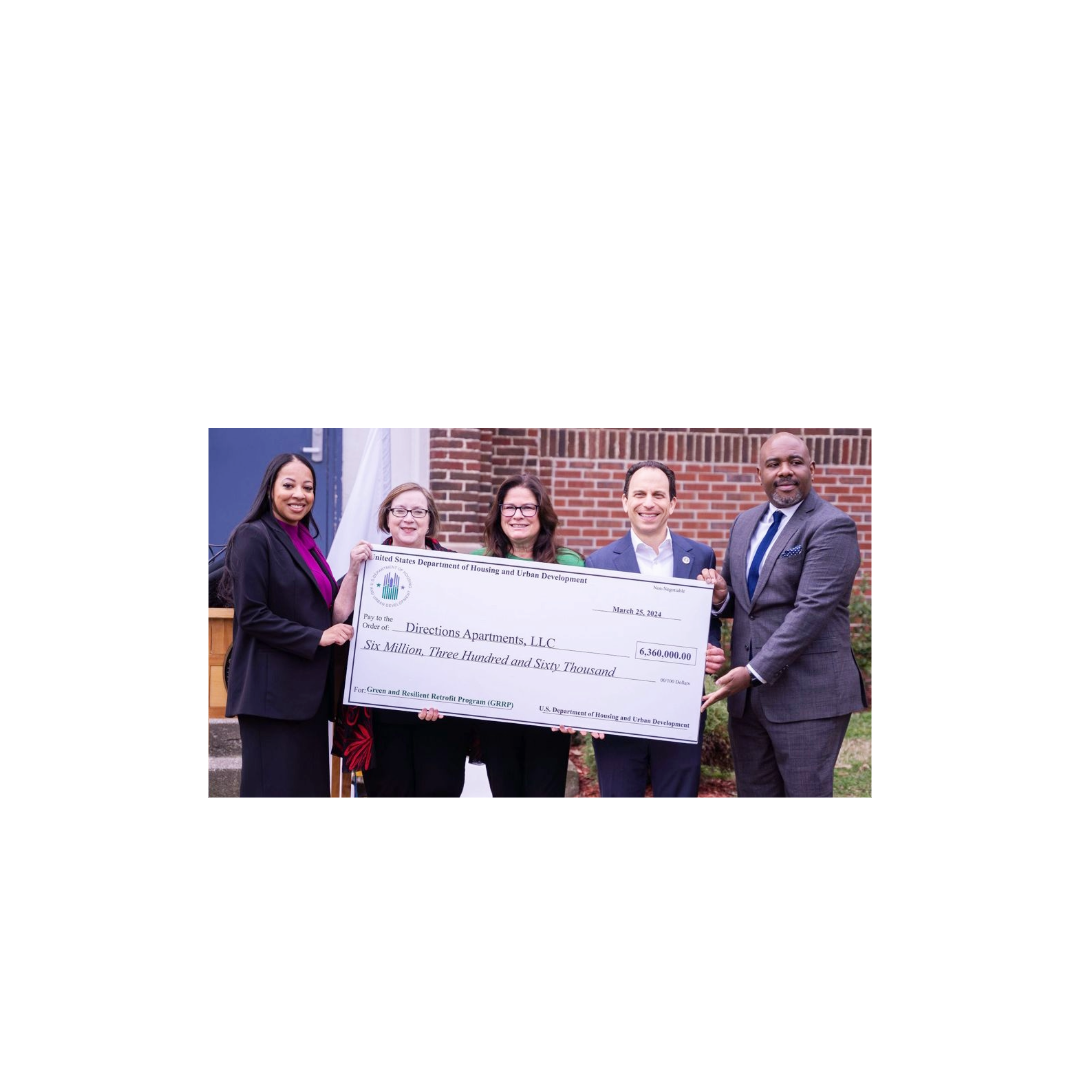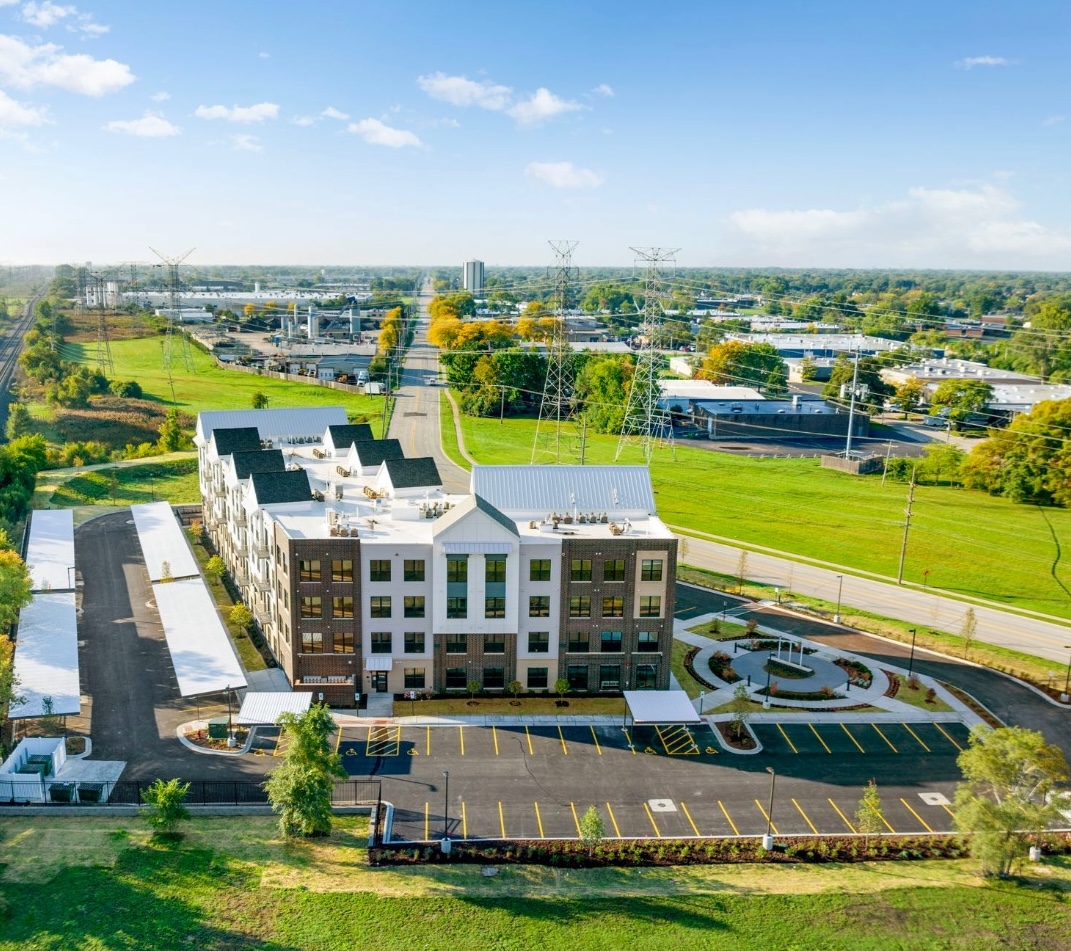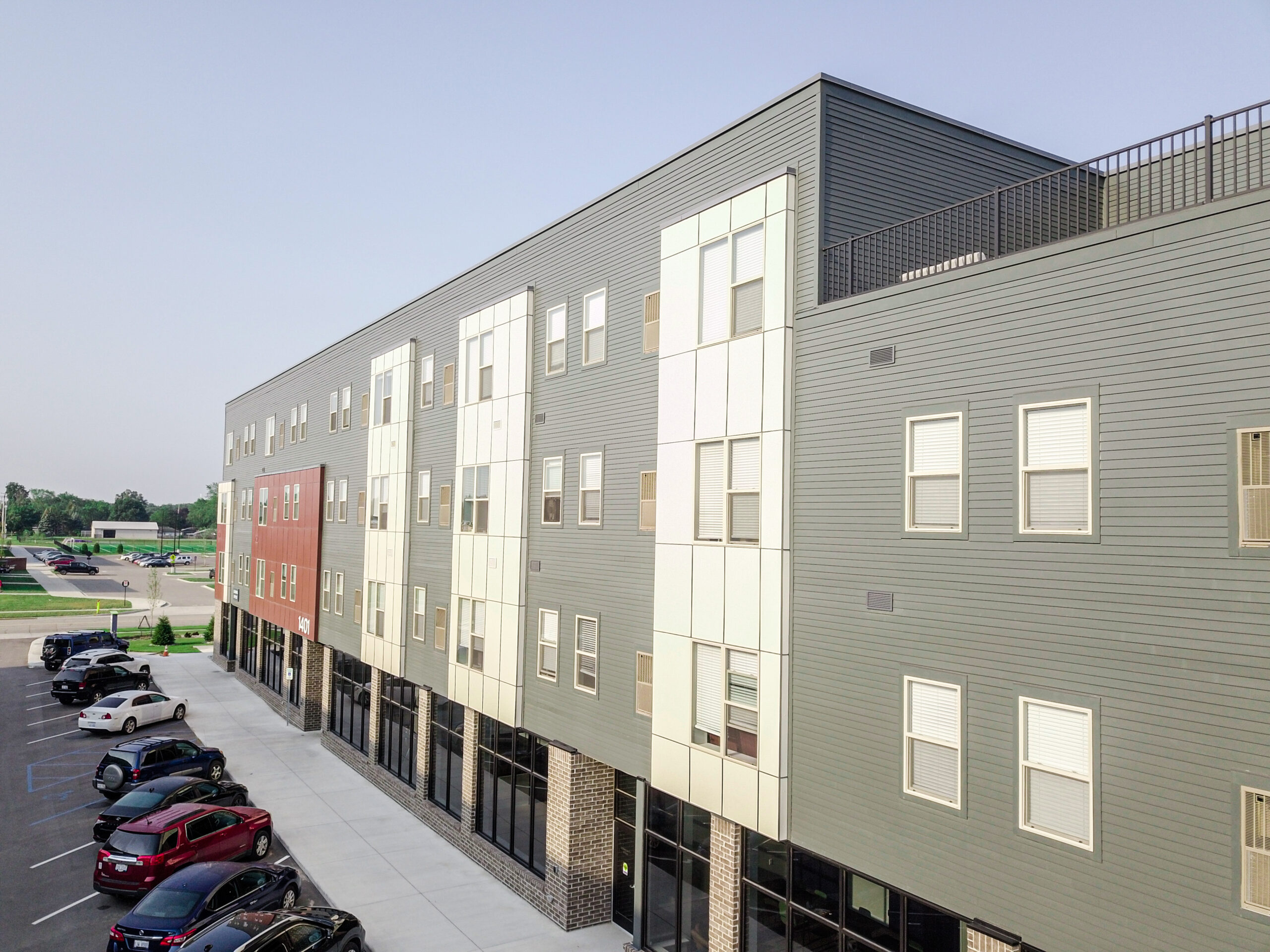At their September 16th board meeting, the Ohio Housing and Finance Agency (OHFA) board approved a final draft of the state’s 2021 Qualified Allocation Plan (QAP). The updated QAP contains important revisions from its 2020 iteration, and it provides a schedule for the 2021 9% LIHTC round. While a few of the larger updates are reviewed in this post, further changes and details can be found on the OHFA fact sheet and in the 2021 QAP linked below.
OHFA QAP Updates
- Local Partner: The update to the 2021 QAP has removed the architect of record from the in‐state partner category. Only the developer and general contractor must fulfill the in‐state partner requirement to receive the maximum 10‐point allocation in this category, if selected.
- Housing Policy Pool: This section saw three important revisions and additions.
- The tax credit allocation for the Service Enriched Housing: Substance Abuse Recovery pool was increased to $1,000,000 from $750,000.
- In the New Affordability ‐ Non‐Urban Housing pool, a new set aside was added for two projects in Non‐Appalachian counties.
- Lucas County was added to the Serviced Enriched Housing: Permanent Supportive Housing pool.
- Competitive Criteria: Various changes were made to the scoring criteria in each pool: new affordability, preserved affordability, service enriched housing, and single‐family development. Applicable to all was the increase in cost limits per affordable unit for cost efficiency.
- Considerations for 2022‐2023 QAP: While most changes to the 2021 QAP were technical revisions, OHFA has highlighted several potential changes to be considered for the next two years.
QAP. These potential revisions are related to location, amenities, scoring, developing a separate 9% round for innovative projects, etc.
OHFA 2021 Schedule
Within the 2021 QAP, OHFA has a detailed table of dates for both developers and OHFA with a description of each deadline. Noted are a few dates for the 9% competitive round:
- December 1, 2020: Last day to request a pre‐application meeting.
- January 4, 2021: Last day Development Team Pre‐Approval forms may be submitted.
- February 11, 2021: Deadline to submit proposal applications.
- April 5, 2021: OHFA notice of preliminary scores and underwriting issues sent to applicants.
- April 12, 2021: Deadline to respond to preliminary scores and underwriting issues.
- May 19, 2021: OHFA releases final results of competitive scoring and presents to OHFA Board of Directors.
The following dates are the available windows an application for non‐competitive 4% tax credits can be submitted to OHFA.
- January 4‐8, 2021
- April 5‐9, 2021
- July 5‐9, 2021
- October 4‐8, 2021
With an office in Cleveland and years of experience working on affordable housing projects in Ohio, HDJ is ready and able to provide architecture and engineering solutions for your next affordable housing project.
HDJ, Inc. is a leading national design firm providing architectural and engineering expertise to support the affordable housing industry throughout the United States. HDJ’s diverse portfolio includes successful outcomes with adaptive reuse renovation, acquisition rehab, new construction, historic preservation and RAD.
Author: John Hahn




